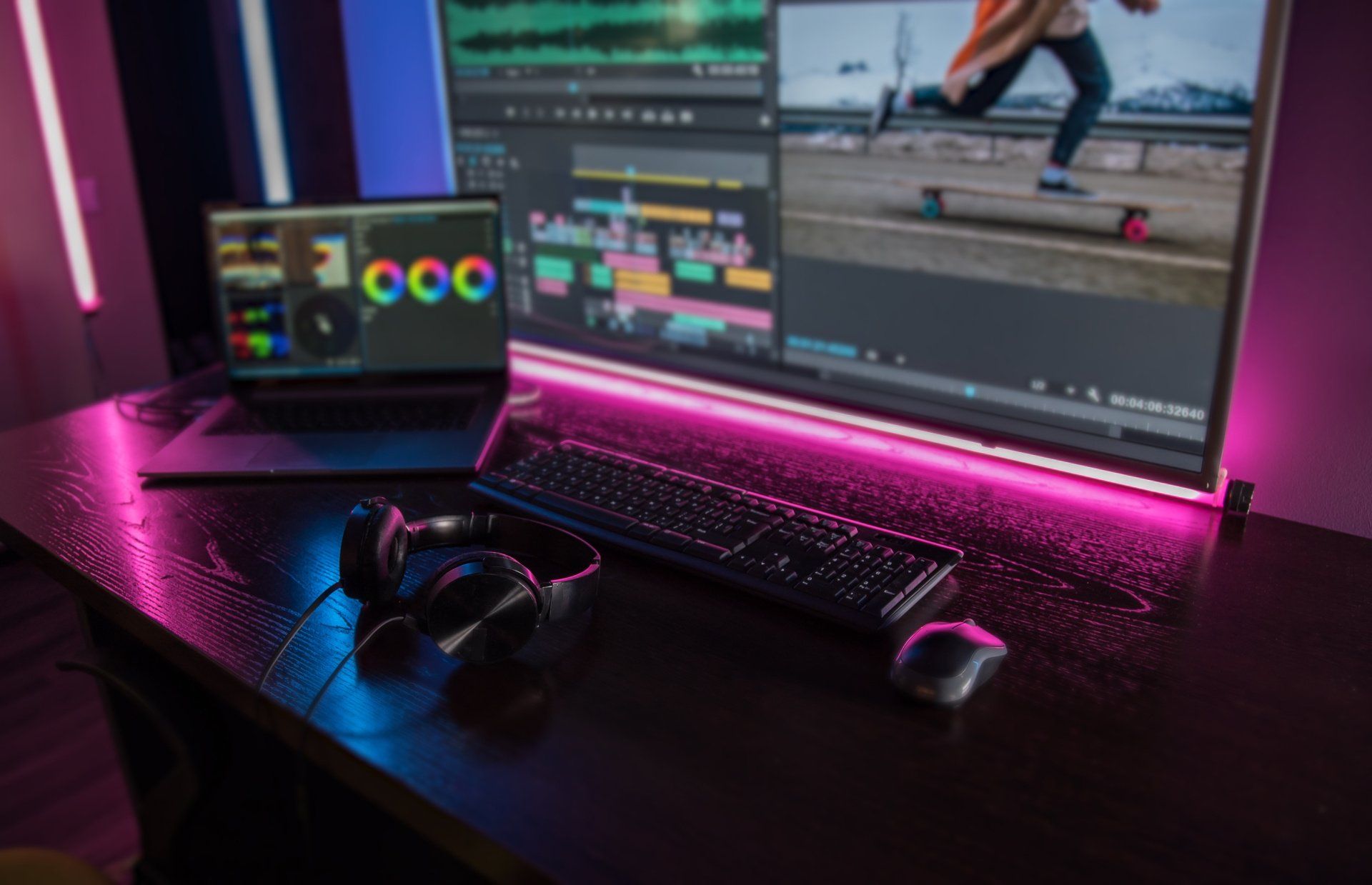Developments I expect to happen in the next 20 years

In recent updated research from TechSmith, 83% of respondents prefer to watch video to digesting instructional content via text or audio, with most respondents viewing videos 2-4 times per week. This number has remained pretty consistent with an earlier study dating back to 2018.
Growth and use of videos
The growth and use of videos for learning content has grown significantly. As the TechSmith report suggests this can be attributed to the rise of video streaming services, and the accessibility with easy-to-use equipment such as smartphones, webcams, and cameras.
I see this trend only increasing in the years to come. People get more and more comfortable in sharing information in this way and while Halls (2018) says not all learning content is suitable for video, in the next five years I don’t see this stopping people attempting to apply video to other learning content. Maturity in content and quality is moving rapidly. The line between showing and telling is getting increasingly thin. Topics and work practices are increasingly dissected to allow for more show (and do) and less telling. Allowing to push down and limit text driven learning.
Performance Support and Artificial Intelligence
In the next five years I believe the biggest jump could be seen in including video in Performance Support Systems, that delivers the right video (potentially in combination with other learning nuggets) at the exact moment of need. Personalized training, through implementation of Artificial Intelligence (AI), will support the learner more effectively in their development journey, benefiting the learner, but not in the least will this allow organizations to be in a better position to manage and anticipate on their talent development needs.
Virtual and Augmented Reality
Virtual Reality (VR) is getting increasingly popular. New opportunities are continuously explored, but I think this development is predominantly clearing space for the entry of Augmented Reality (AR). I believe in the coming 10 to 20 years AR interventions will become more accessible to the general public. The upside it has over Virtual Reality is that it isn’t built around a virtual world, but can be integrated in the real world setting.
Already Augmented Reality is used in learning and working environments successfully. I personally remember in 2016 welcoming back my then manager from his business trip, fully enthused about a holographic beating heart he’d seen that was used for training medical staff. As recent as 2020 a holographic display was since used in the operating room and has “shown for the first time that using a holographic display improves physician accuracy when performing a procedure to treat irregular heartbeat.’. Washington University in St. Louis. "Holograms help physicians during cardiac procedure: Holographic display improves physician accuracy when treating irregular heartbeat." ScienceDaily. ScienceDaily, 21 July 2020.
5 Questions to still ask
While this doesn’t rule out normal video and VR, this technology will increase over the coming 10 years and become more accessible to other industries and workplaces. As with everything, right guidance, application, and adaptation support will be needed. I think the 5 questions that Jonathan Halls introduced for video learning will still be relevant, be it slightly tweaked to that reality, to look something like this:
Is AI/AR a good idea for the training need of the organization?
1. Is the topic best understood by showing or telling?
2. How can the topic exploit all the communication opportunities these technologies offer?
3. Will the technology/learning environment be properly produced?
4. Can learners access it easily?
5. Is it the most cost-effective way to aid the learning?
References:
Knott. R, TechSmith, Video Statistics, Habits, and Trends You Need To Know [2021 UPDATE!]retrieved from: https://www.techsmith.com/blog/video-statistics/
Washington University in St. Louis. "Holograms help physicians during cardiac procedure: Holographic display improves physician accuracy when treating irregular heartbeat." ScienceDaily. ScienceDaily, 21 July 2020.Retrieved from: https://www.sciencedaily.com/releases/2020/07/200721132842.htm
Jonathan Halls, Learning Solutions Mag, video clinic when not to use video for training (2018) retrieved from:https://learningsolutionsmag.com/articles/video-clinic-when-not-to-use-video-for-training






